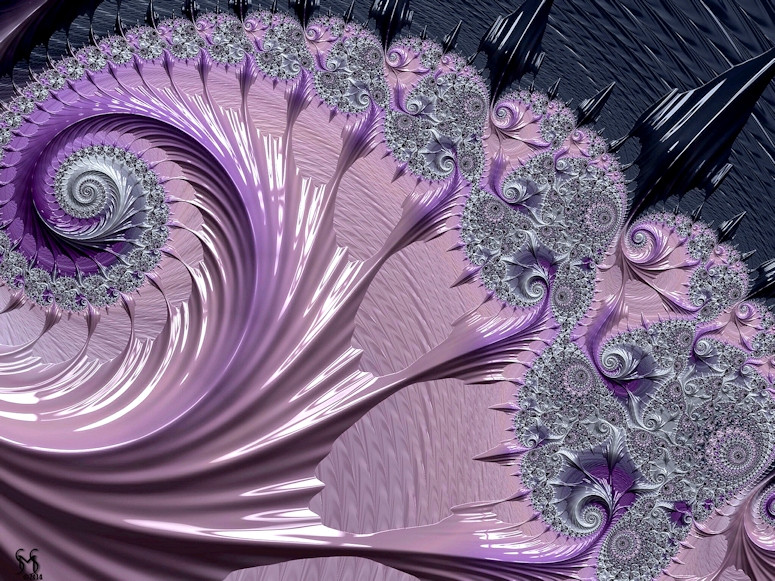The Beauty of Fractals: From Mandelbrot to Julia Sets
What Are Fractals?
Fractals are mesmerizing mathematical objects that exhibit self-similarity at different scales. They defy traditional geometry and captivate our imagination. Here, we explore two famous fractals: the Mandelbrot set and Julia sets.
1. Mandelbrot Set
The Mandelbrot set, discovered by Benoît B. Mandelbrot in 1980, is a complex set of points in the complex plane. It’s generated iteratively using the following formula:
where:
- (z_n) represents a complex number.
- (c) is a constant.
The Mandelbrot set consists of points for which the iteration remains bounded. Points within the set are colored black, while those outside exhibit intricate patterns. Zooming into the Mandelbrot set reveals intricate filigree shapes, spirals, and islands—a universe within a single image.
2. Julia Sets
Julia sets are closely related to the Mandelbrot set. Each point in the complex plane corresponds to a unique Julia set. Unlike the Mandelbrot set, Julia sets use a fixed complex number (c) and iterate the formula:
The resulting Julia set exhibits diverse shapes—some resemble ferns, others exhibit swirling patterns. The boundary between the filled and unfilled regions is infinitely complex.
Why Are Fractals Beautiful?
-
Infinite Detail: Zooming into a fractal reveals ever more intricate patterns. No matter how deep you go, there’s always more to explore.
-
Artistic Appeal: Fractals inspire artists, from digital creators to painters. Their intricate forms evoke wonder and creativity.
-
Mathematical Poetry: Fractals blend mathematics and art, bridging the gap between logic and aesthetics.
-
Universal Patterns: Fractals appear in nature—think of branching trees, coastlines, and snowflakes. They echo the underlying order of our universe.
Creating Your Own Fractals
Explore fractals using software like “Fractint,” “XaoS,” or Python libraries. Adjust parameters, zoom in, and discover hidden beauty. Share your discoveries with fellow fractal enthusiasts!
In the world of fractals, mathematics becomes art, and art becomes infinite.














